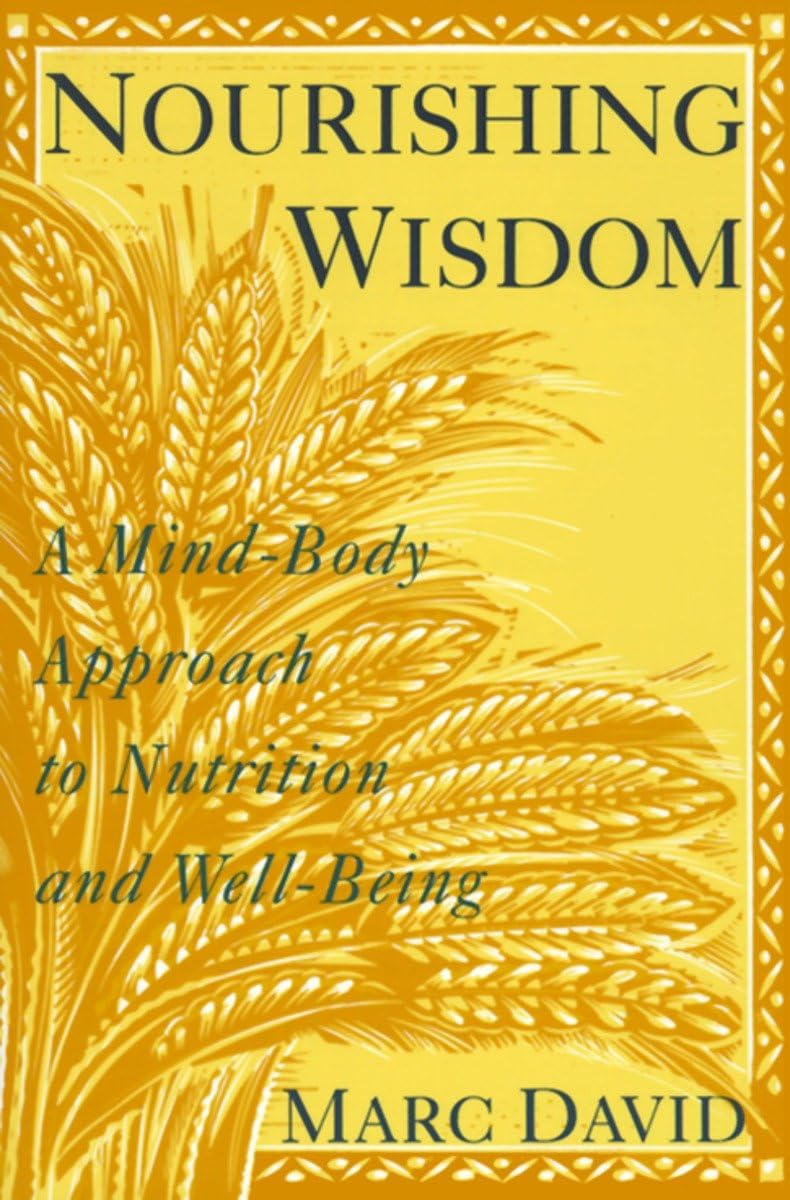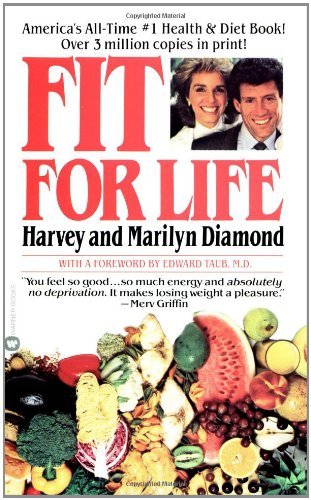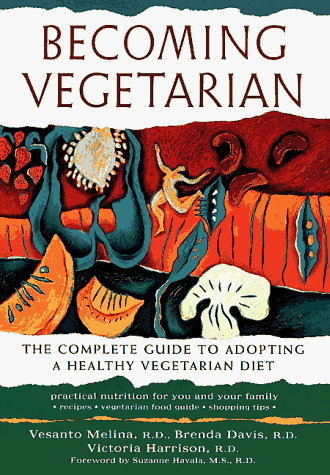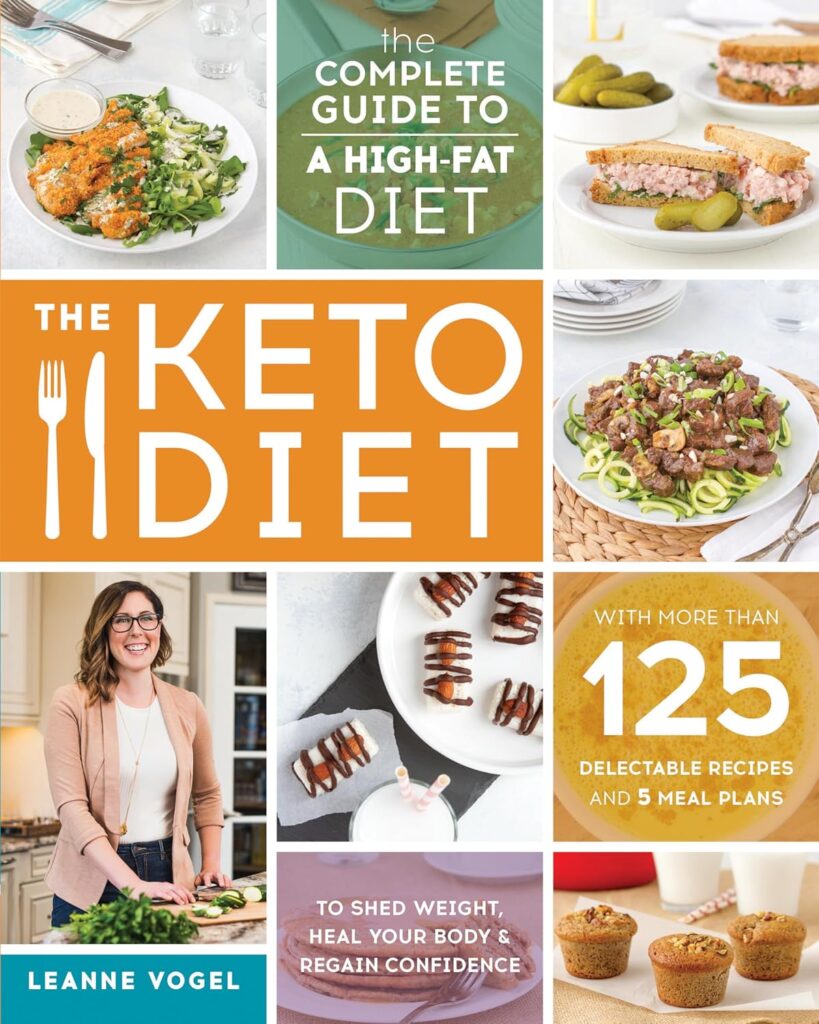Don’t let diet dogma get in the way of your healthy eating goals.

January is the month many of us reevaluate our diet and make resolutions to improve it. While this is most definitely a lofty goal, for those of you who are currently trying a brand new diet, I encourage you to not get caught up in “diet dogma”. If you do, chances are your New Year’s resolution will fail.
What is diet dogma?
I define it as the notion that a particular eating plan is THE best plan for ALL people and anyone who doesn’t thrive on said diet must be doing it wrong. With diet dogma, the diet is NEVER at fault.
Now, you may be one of those people that tried a diet plan you read in a book and it turned out to be THE best thing you ever did for your health. You follow the diet to the letter and have never looked back. That’s great! If you are more like me . . . and probably many others . . . you will not be able to follow the diet exactly as it is laid out. We are all unique individuals and what works for some will not necessarily work for everyone else. You are better off not looking at the diet as some “quest for a holy grail” but rather, one person’s opinion on nutrition that needs to be analyzed and modified to suit your own physical needs and lifestyle.
Over the years I’ve tried a few diets and couldn’t follow any of them 100%. Some I tried and retried and when things still didn’t work out I felt like a failure. Then I read Nourishing Wisdom: A Mind-Body Approach to Nutrition and Well-Being by Marc David. This book helped me realize that I was being far too hard on myself. Not all diets work for all people and even when they do, your body might need a different diet at some point. I also learned that the cultural aspects of food have more importance than us health foodies like to think. The day I finished reading Nourishing Wisdom was the day I stopped worrying about my ability to follow a diet perfectly and started weaving my own diet plan. If something I try from a book works well for me I include it. If it doesn’t I toss it aside. The following quote from Marc David’s book has become the mantra for this recipe blog because it discourages the dogma of “diet X is perfect for all”.
“For each person the appropriate diet depends on genetic predisposition, geography, cultural beliefs, personal preferences, and the changing needs of the body.”
Why not include that notion as part of your New Year’s resolution? It will make improving your diet much easier. As well, I highly recommend everyone read Marc David’s book. I found it very enlightening and hope you do too.
Over the years I have tried a few diets. Here’s what did and did not work:
1. The “Eat Supper for Breakfast” Diet.
This is the first diet I remember trying many years ago. I don’t recall the actual name of the diet or the book from where I got it.
The Claim: We need our biggest meal first thing in the morning for energy. Therefore what we usually eat for supper should really be eaten for breakfast and supper should be a light meal.
What Didn’t Work: This diet was too much effort in the morning when I had early classes.
What Did Work: Eating a big meal for breakfast did provide sustained energy. This worked for a while in university when all my classes were in the afternoon or evening.
2. Fit For Life
The Claim: Food combining (not combining protein and starch in a single meal; not combining fruit with any other foods and eating it only on an empty stomach) will improve digestion, energy and assist with weight loss. The Fit for Life diet also recommends eating only fresh fruit for the first four hours of the day, avoiding dairy, eating lots of fresh non-processed foods and many other health enhancing principles.
What Didn’t Work: Being in university or working full time I could not graze on fruit for the first four hours of the day as suggested in the book, and a small fruit meal for breakfast did not provide sufficient energy until my lunch break. As well, food combining seemed to put me on an endless cleanse despite the book saying it should only last a week or two. I was constantly hungry even after eating a large meal in the evening. When hunger drove me to McDonald’s at 10 pm I knew something wasn’t working.
What Did Work: I went on and off this diet for a few years before giving it up. I did keep a few of the principles. Even though I need more than just fruit for breakfast I do find I prefer to eat it on an empty stomach and try to do so as much as possible. While food combining wasn’t something that worked for me every day, it is a sure fire way to cure constipation or sluggishness if needed. As for dairy . . . I did not eliminate it but do find I need to limit how much I eat so as to keep down excessive mucous and phlegm.
3. Vegetarian Diet
The Claim: This diet aims to prevent certain degenerative diseases by reducing saturated fat, cholesterol and concentrated protein from meat products (and sometimes dairy and eggs too). Animal-based protein is replaced with a combination of beans, grains and nuts. The book I used to get started was Becoming Vegetarian by Vesanto Melina R.D., Brenda Davis R.D. and Victoria Harrison R.D.
What Didn’t Work: I was trying this diet in the 1990s when soy was considered a miracle health food. I liked the foods on this diet though never got to completely eliminating meat. On this diet I was plagued with constant flatulence which I was sure would go away once my body adjusted. As it turned out, my body does not do well with beans as a protein source and soy is the worst offender. However, I can tolerate small amounts of tempeh. The most likely reason is that tempeh is fermented making it a more digestible form of soy.
What Did Work: I discovered lots of delicious new recipes, new foods and new ways of cooking on this diet. It definitely expanded my food horizons.
4. Eat Right 4 Your Type
Blood Type Diet by Dr. Peter D’Adamo
The Claim: People with different blood types do better with different dietary plans. Following the plan for your type will increase energy, optimize health and aid in maintaining a healthy weight.
What Didn’t Work: The food lists for each blood type are very specific. One example out of many has blood type O avoiding strawberries but eating raspberries. Where I live, berry seasons are short and I felt deprived passing over the strawberries in June and waiting till July for fresh local raspberries. My thinking is that the human species did not survive by restricting seasonal foods as available. While the book does provide a rationale for why the lists are so specific, I found this diet too restrictive to follow.
What Did Work: Meat is an important aspect of the blood type O diet plan and I find I feel better with meat in my diet. Additionally, I do better limiting wheat and dairy which is also suggested. I could be avoiding those foods to a greater degree than I do, but don’t berate myself over it – especially since I don’t have a serious allergy. I just do the best I can.
Recent Interests
A couple of years ago I started reading up on the Paleo Diet and more recently the Keto Diet. I enjoy the website Paleo Leap and follow the work of Leanne Vogel, author of The Keto Diet. Both these diets have some principles that interest me, most specifically, the blood sugar stabilizing and anti-inflammatory effects. I haven’t delved into either of these diets yet; rather, I am starting out by reducing some of the top inflammatory foods: sugar, wheat, corn, dairy and soy.
About a year ago I quit concentrated sugar (refined sugar, honey, etc.). I would say I have stuck to that about 90% of the time so far. Additionally I reduced high sugar fruits and mostly eat lower sugar berries for my fruit intake. I also quit eating grain-based cereal as an evening snack. Although weight loss is not my ultimate goal I did lose about eight pounds with those changes. I still eat dairy products but am trying to reduce them. Replacing milk is not a problem at all since I really like almond and coconut milk. Yogurt and cheese are my two loves when it comes to dairy. I did find some great low sugar yogurts that are both dairy and soy free. These are actually cultured coconut products made by Silk and Riviera. The Riviera one contains pea protein but I seem to tolerate it OK. A few months ago I attempted to reduce grains further in my diet which is proving to be more of a challenge, especially when it comes to giving up a delicious quinoa salad I have grown to love as well as giving up standard sandwiches. I am continuing to work toward that goal as we head into 2020.
Have your New Year’s resolutions involved trying a new diet? Have you tried several others and needed to make modifications? If you’d like to share your journey please feel free to comment below. 🍏
Above feature photo by iko / Shutterstock.com.
Books Mentioned in this Post

🇨🇦 Amazon.ca
🇺🇸 Amazon.com
#ad

🇨🇦 Amazon.ca
🇺🇸 Amazon.com
#ad

🇨🇦 Amazon.ca
🇺🇸 Amazon.com
#ad

🇨🇦 Amazon.ca

🇺🇸 Amazon.com
 #ad
#ad
🇨🇦 Amazon.ca
🇺🇸 Amazon.com
No Comments